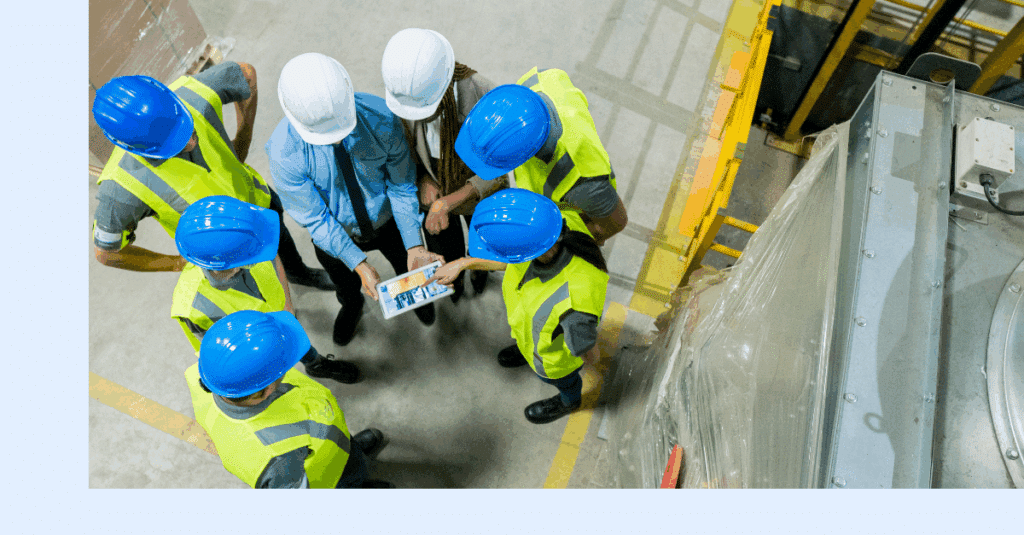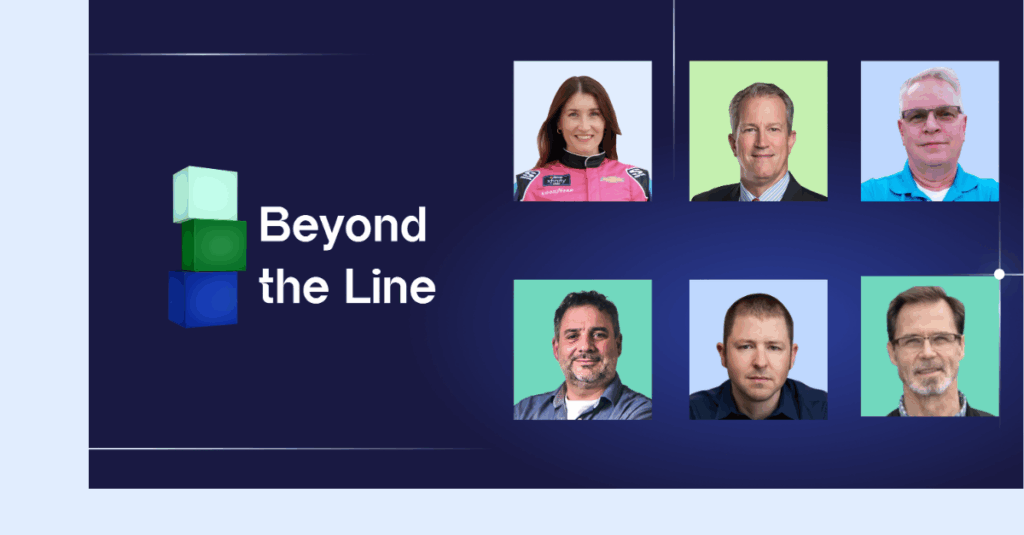
As Augury extends its portfolio of machines covered with the General Availability release of Machine Health Supporting Equipment (SE), we talked to Super User X – a forward-thinking predictive maintenance tech at a leading global snack manufacturer – about the benefits of having both critical and supporting equipment on a single platform. “It’s helped me and expanded my job. It’s been a real enhancement.”
You already had Machine Health Critical Equipment (MH CR). Why did your company decide to expand Augury’s coverage with MH SE?
Super User X: Well, when we first implemented Augury in our plant on 50 critical machines, we were kind of skeptical. We had already tried other manufacturing monitoring equipment and they really weren’t that good. But after a couple of weeks, we knew Augury was completely different. We really liked the platform – the ease of access and the visibility you get with that. Also, Augury’s customer support personnel and vibration analysts really help you. We were able to do a lot with MH CR.
So, our maintenance management looked at that and said, “Well then, let’s monitor everything.” But then Finance said, “Sorry our budget doesn’t really allow that.” So, since corporate was originally involved with getting us MH CR, they recommended piloting MH SE – which might not have as much support, but it still has the same end-to-end approach.
Big Savings In Time And Effort
What were your first impressions with MH SE?
It’s time saving. I was spending probably 90 to 99 percent of my time out on the floor taking readings, and so I wasn’t able to analyze the data we were getting in an efficient way. With the Augury system we’re able to keep tabs on all those pieces of equipment, 24/7, without ever having to go out onto the floor. Instead, my day now begins with a couple of hours reviewing all the data and insights. And then I can go to the floor knowing what to look for and go from there.
Any other benefits of monitoring both your critical and supporting equipment through a single platform?
Again, it saves so much time and effort – but in other ways as well. We can review all of our monitored equipment in a tremendously easy-to-access way – not having to switch to different platforms like with my ultrasonic software. With Augury it’s all in one spot and you can pull up what you need without exiting to go into different platforms.
Could you tell us a little bit more about what MH SE is like as a decision-support tool in your daily work activities?
Before we had MH SE, our confidence level was not as high – we were just relying on ultrasonic. And with our short downtime windows, we really like to plan ahead and schedule what work we can get done. MH SE allows us to better identify the most critical work we can do in the scheduled time frame. In most cases, we’ll also know ahead of time if we may need more manpower, certain types of equipment or to order parts. By getting set up like that we can better execute within the schedule we have.
Empowered Yet Supported
With MH SE as a decision support tool, you’re labeling the detections and having to decide follow-up actions. With MH CR, Augury’s vibration analysts are driving that process. How does it feel to be in the driver’s seat with MH SE?
I did have some experience with ultrasound but not really with vibration analysis. So, when I first started it was intimidating. I thought, “My God, I’ve got to look at all these things and determine what’s going on to make the right call…”
But once the program was up and running and we started using it, it’s great. It forces you to actually look at different specific areas to help you determine the issue by asking questions like “Is this a one-time hiccup or is this a long-term problem?” and “Is it increasing in severity?” Also, with the AI detection and fault confidence graph it shows the percent of probability if it’s a particular issue or not – and then you can go and check for yourself if it seems necessary.
Do you feel the solutions are effectively designed for the different criticality levels of the machines?
Yes. On our most critical equipment, I like the idea of having an analyst-level analysis. It’s good to have verification, especially with assets with long lead times or need extensive rebuilds and downtime. Whereas with the equipment we’re monitoring with MH SE, like smaller motors and gearboxes, it’s more about getting insights so we’re better prepared heading into our downtime windows. And of course, SE also deals with some safety concerns: you no longer have to physically check sensor readings of those motors up at ceiling level or other out-of-the-way places.
DIY Use Cases
What have been your most impactful wins so far with MH SE?
We’ve had several. But what stands out is when we first installed SE. Even though we were already doing ultrasound, SE identified problems in the first few days in three pieces of equipment that would have each shut the line down for a couple of hours.
Terrific! Have any surprise use cases popped up as you used MH SE?
Yes! We have a large motor that drives a large gearbox. We were scheduled to replace the motor and the gearbox to a newer style. But two or three weeks before the planned date, we caught a bearing problem on the motor. We hated the idea of doing the change so close to it being replaced – and then there were the extra hours needed to do it. So instead, we looked at the data as we applied lubricant. After the second time, it had actually dropped down to previous levels. So, I just kept lubricating when needed over the next two weeks until we reached the scheduled downtime window to change it.
What would you tell other colleagues in the field about MH SE?
In the beginning, it’s a little intimidating: being the analyst for the equipment. But with all the tools and initial training you get from Augury, you become very comfortable with it within a few days. And you can reach out if you do have any questions. Now, it’s no big thing to come in and go through the alerts and check the equipment. I really appreciate the Augury system and how much it’s helped me and expanded my job. It’s been a real enhancement.
Check out what a typical day looks like for a maintenance engineer who is in full control of all the machines. To learn more about how Augury can now help you enhance your operations for all your rotating assets, contact Augury today.




